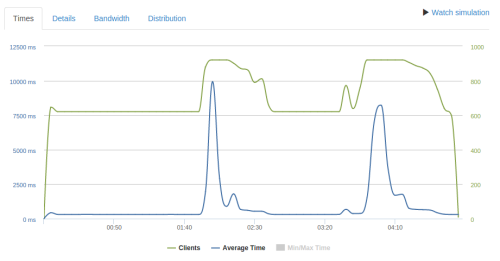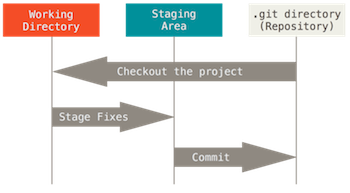Yesterday I wrote the blog post, trying to figure out what is the CPU steal time and why it occurs. The problem with that post was that I didn’t go deep enough.
I was looking at this issue from the point of view of a generic virtual machine. The case that I had to deal with wasn’t exactly like that. I saw the CPU steal time on the Amazon EC2 instance. Assuming that these were just my neighbors acting up or Amazon having a temporary hardware issue was a wrong conclusion.
That’s because I didn’t know enough about Amazon EC2. Well, I’ve learned a bunch since then, so here’s what I found.
Continue reading CPU Steal Time. Now on Amazon EC2

